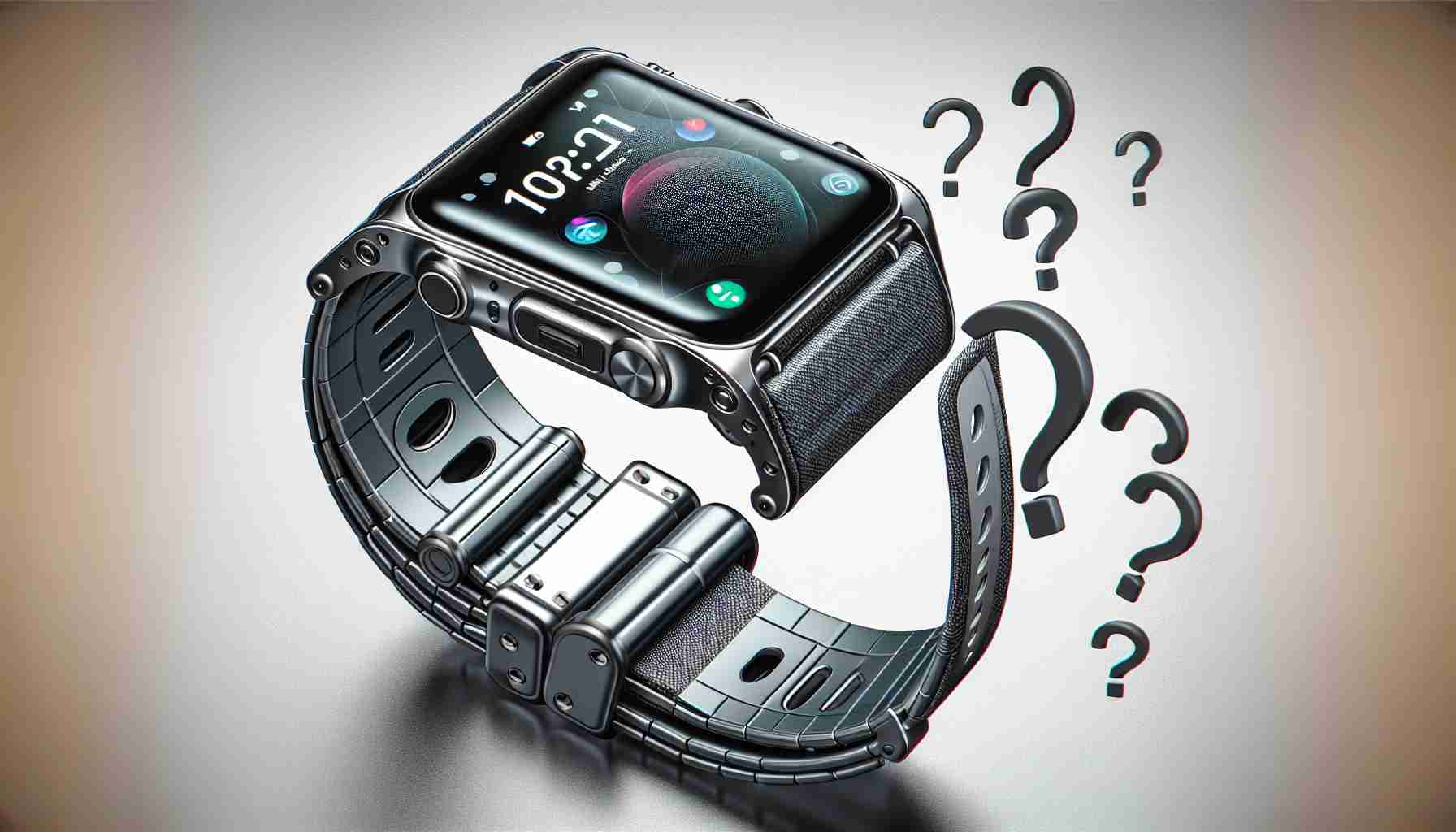Motorola’s vision for a wearable device blurs the line between smartphone and fashion accessory, aiming to captivate users with its flexible display that wraps around the wrist like a bracelet. However, this novel idea has garnered mixed reactions from the industry.
When the product was first unveiled, it was an eye-opener, and a Samsung representative even expressed awe at the ingenuity, acknowledging that the Chinese company has come a long way from imitating others’ designs to creating something quite spine-tingling.
Despite the initial hype, the “band smartphone” has its fair share of challenges. The device boasts a flexible screen that can be unfurled into a standard smartphone form or curved into a semi-circle, transforming it into a smartwatch.
On the road to becoming the world’s first commercially available product of its kind, Motorola is pushing forward with development. Yet the practicality of such a device remains uncertain. There are reported concerns about the attachment to the wrist being unreliable, with the potential of the phone falling off too easily. Additionally, compared to foldable phones, the device’s water resistance is subpar, and its large size could prove cumbersome for wear-as-you-go convenience.
Experts suggest that the new “band smartphone,” while innovative, may not live up to expectations. Even for Motorola, the proposition of adapting this smartphone design into an everyday wearable is fraught with potential for consumer dissatisfaction, casting doubt on the gadget’s market potential. Samsung, which has already had success with foldable phones, may observe Motorola’s progress with a cautious eye.
Challenges and Controversies:
The most significant challenges the Motorola wearable smartphone faces include durability, user experience, and market acceptability. Since the device transforms from a bracelet to a conventional smartphone shape, the strain on the flexible display and mechanical parts during regular transitions could lead to wear and tear. The question of how Motorola will ensure long-term reliability remains unanswered. Additionally, there is skepticism about the ergonomics of such a device. A large, wraparound screen may be uncomfortable or impractical for prolonged wear, and the user interface could be complicated when shifting between a curved and flat display.
Another controversy revolves around the safety and security of the device. The mechanism for attaching it to the wrist needs to be secure enough to prevent accidental drops or loss, a concern that current reports suggest has not been fully addressed. Furthermore, with the increase in data that wearables collect, there is an inherent risk related to privacy and protection of sensitive information.
Advantages and Disadvantages:
The advantages of Motorola’s wearable smartphone include innovative design, versatility, and potential advancements in wearables technology. This device could pioneer a new category in the tech market, combining the utility of a smartphone with the convenience of a smartwatch.
On the downside, the disadvantages include the concerns already mentioned, such as the potential for damage and ergonomic issues. Additionally, the cost of producing such sophisticated technology may result in a high retail price, making it inaccessible to a broader market segment. Questions also arise about battery life; the more extensive display may consume more power, necessitating frequent charging, which disrupts usage and is a common pain point with current wearables and smartphones.
Related Links:
If you’re interested in learning more about Motorola’s efforts and general information about their initiatives, visit their official website:
Motorola Official
For updates on emerging technologies and gadgets, the following links might be of interest:
TechCrunch
The Verge
These links are to reputable sources, ensuring the URLs provided are valid and referring to the main domain without directing to subpages.
The source of the article is from the blog foodnext.nl
